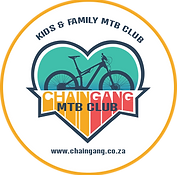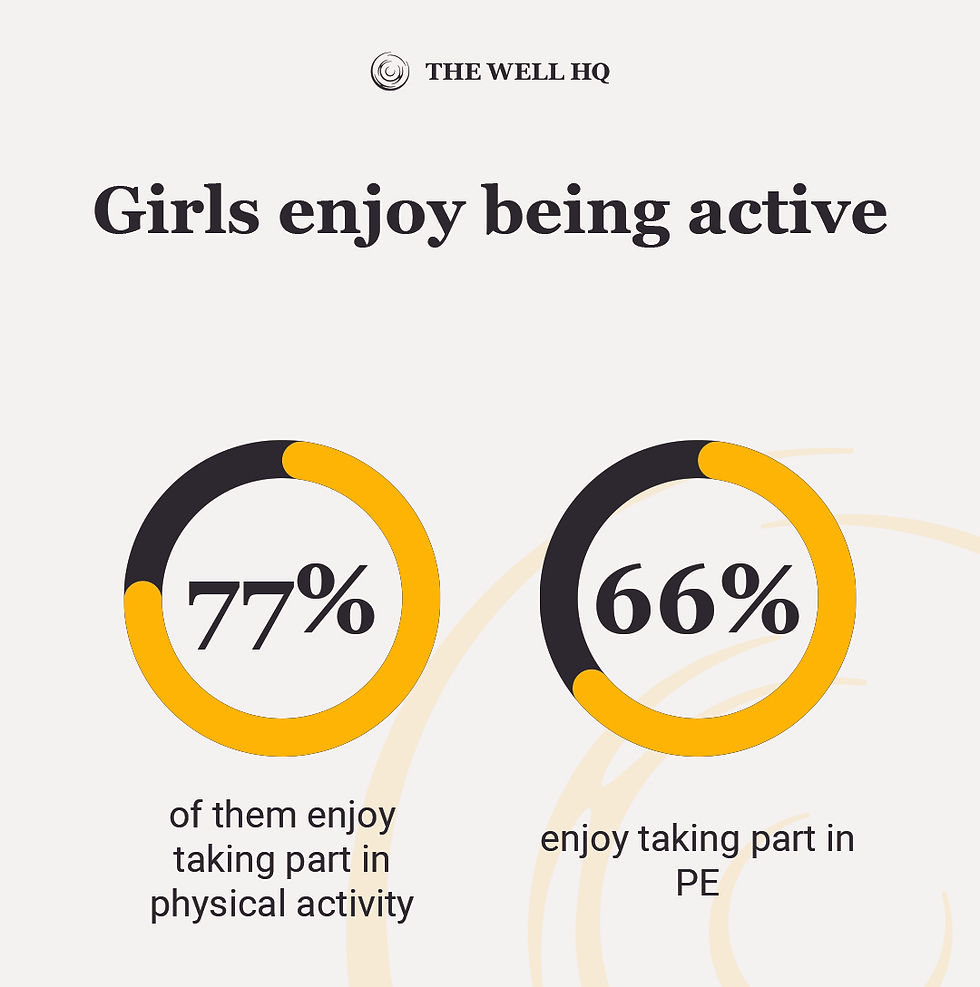Is my child's bike the right size?
- Smish Burge
- Jul 23, 2024
- 6 min read
Updated: May 19, 2025
This has to be one of the most questioned questions….
How do i know if my child has the right size bike?
and it all goes and in hand with…

Here’s our take on the last 10 years of working with children and bicycles….
Kids typically outgrow bikes every one to two years and can shoot up like beanstalks in the blink of an eye!. Every child grows at a different rate, so it's a tough task keepoing them on the correct size bicycle. Bike manufacturers classify their kids bike sizes by wheel size, and bikes with the same wheel size can vary drastically in overall size. For eg: Your child may fit on a 16-inch bike with one brand, but a 20-inch bike with another. There are even bike brands that offer small and large bikes within the same wheel size. The geometry of bicycles are different, the weight of bicycles are different, and there certainly are a myriad of brands to chose from, so there are some key factors to consider.
The age of a child is not a good indicator of size. While your 5-year-old may fit a 16-inch bike, your neighbours 4 year old might fit a 20-inch bike.
It's all super confusing. We will try make it as easy as possible for you…
How do i know if my child has the right size bike?
In once sentence: We measure the child by their inseam and take their height into account.
What is the inseam?
The distance from your crotch to the ground as you stand.
How do you measure an inseam?
Collect the following before you start:
Something to mark the wall with, ie, a pencil
A hardcover book with a rigid spine
A tape measure, or a piece of string (you can measure the string length after)
A scrap of paper to record your results
Then:
Find a closed door or some free wall space that is large enough for your child to stand with their back up against it. A fixed wall or closed door helps to make sure you are standing straight.
Remove their shoes.
With their back against the wall, and feet flat on the ground, shoulder width apart, take the book and place it between their legs. It should be in close contact with your person, more than just touching, as if sitting on a saddle. Make sure the entire length of the book is flush against the wall so you have an accurate marking.
Mark the books point of contact with the wall, under your child.
Measure the height from the floor to your mark.
There you have the length of your child’s inseam.
Now you have the child’s inseam, what’s next….
Using your child’s inseam in relation to the bike’s seat height is the best and most accurate way to ensure a perfect bike fit. The frame and the wheel size work together to determine the seat height of a bike.
It does make it easy when you go to a reputable bike shop to get your child’s new bike.
They staff are generally helpful and know what they doing, but this guide does give you a good indication of what you could be looking for.
A good bike fit is necessary for safety, control, riding and muscle development.
Wheel Size | Child's Height cm | Child's Inseam cm | Estimated Child's Age |
12" | 91.5 – 99 | 38 – 46 | 2 – 3 years |
14" | 94 – 112 | 38 – 50.8 | 2 – 4 years |
16" | 104 – 122 | 41 – 56 | 4 – 6 years |
20" | 114 – 137 | 48– 63.5 | 5 – 8 years |
24" | 124 – 150 | 58 – 71 | 8 – 11 years |
26" | 142 + | 63.5 -69 | 10 + years |
27.5" | Under 170 | 68-77 | |
29" XS | 147-155 cm | 69-73 cm | |
29" S | 155-165 cm | 72-78 cm | |
29" M | 165-175 cm | 77-83 cm | |
29" L | 175-186 cm | 82-88 cm | |
29" XL | 186-197 cm | 87-93 cm |
How do you know when they are ready to go up a size?
Every chid grows at a different rate, some are tall, some are small, some have longer legs than others.
An undersized bicycle will affect the child’s ability to steer the bike correctly. They will not have the right push power for effective and controlled riding and stopping. They can also develop long term aches and pains in their knees, groins and lower back
So how do we know our tiny human needs a bigger bike?
Check against the saddle hight:
As a beginner/first rider, a perfect fit bike is when its minimum seat height matches thier inseam and allows them to sit with their feet flat on the ground.
This position is the base start and the child won’t spend long here as they gain confidence with stability and balance, the more they ride. We want to get the first rider to the point of sitting on the saddle and reaching the ground with their tippy toes.
If the child sits on the saddle with the seat post fully extended, and their knees are bent, they def need a new bike.
Check against the handlebars:
The child should be able to reach the handlebars with straight to slightly bent elbows.
When the child is too big for their bike, their handlebar reach is too high and uncomfortable, their elbows are very bent and they wobble all over the show with little control.
Depending on the type of bicycle, the child should have a more forward position on the bike, then a complete upright sitting position.
When the child looks crunched on the bike, chances are thier bicycles are too small, and there is a possibility of a lack of interest.
I know bicycles are expensive, but there are good second hand bicycles available and in good condition. Use this guide to find the correct size bike, or give us a call so we can assist you and point you to a bike shop near you.
The balance bike…
A balance bike is an incredible learning tool, the child gets to experience freedom of riding, speed and maneuvering.
A balance bike teaches children to use their shoulders, core muscles and gain leg strength
A balance bike teaches the child how to turn using the front wheel for direction.
A balance bike teaches the child to turn and balance at the same time.
They have done all the work, they have mastered balance and a few other key techniques.
How do we know if we take them from a balance bike to training wheels, or a balance bike to pedal bike?
Well, thats easy…
All the work the child has done on the balance bike, is set for a clean transition to a pedal bike WITHOUT training wheels.
The transition from the work they have done to be able to translate to a pedal bike is incredible. Learning the pedal motion is the next step, their balance is there, their maneuvering is there, their ability to direct and control the bike, is there. They may use their feet to slow themselves down, but they have all the fundamental in place.
Seeing these incredible superheroes transition from a balance bike to a bicycle with training wheels undoes all the good they have done. All the work they have naturally put in, all the shoulder moves, the core strength, the muscles groups, all in one go.
Training wheels unfortunately unlearns all those awesome ‘tricks’ So please, if you have gone for the balance bike option, transition WITHOUT WHEELS, your child will flourish.
The next logical move is pedals!
How do we know when they are ready to lose the training wheels?
If you haven’t gone the balance bike route and gone straight for the training wheels option, have no fear, we are here to help. Getting them off training wheels is super scary for the little person, and they rely on the support of the wheels for balance. It’s a safety net, so the most important step is to help them gain confidence, believe in themselves and let them know they are the boss of their bikes. Let them understand balance, stoping and forward motion. Let them know they won’t be alone. A tiny human learns a few bad habits with training wheels, but they can be corrected. We at The Chain Gang can guide you, or give learn2lose the training wheels lessons allowing the child to see they can move the bike. Each child is like a piece of popcorn, they pop when they are ready.
I hope these few thoughts and tips have helped a little and cant’t wait to hear the stories of cycling adventures.




Comments